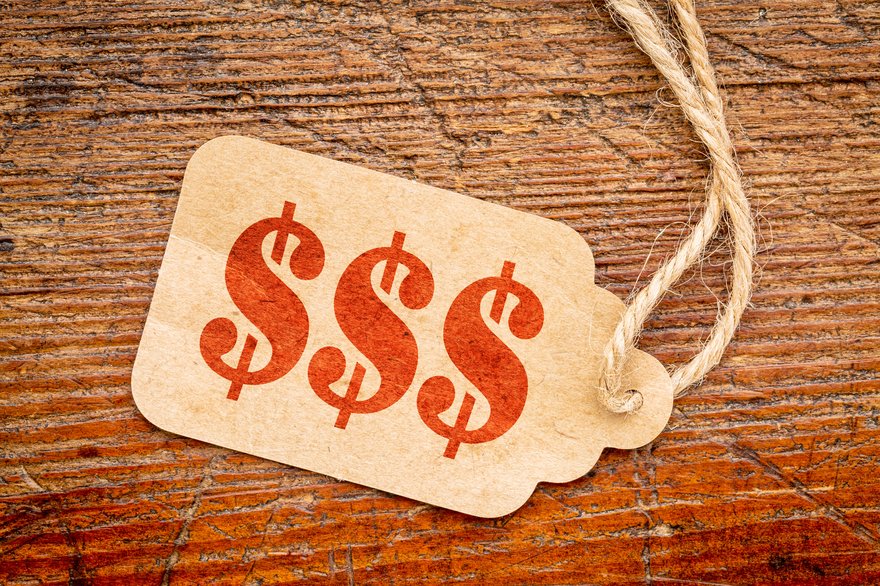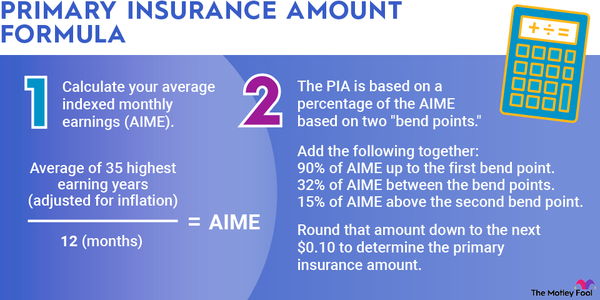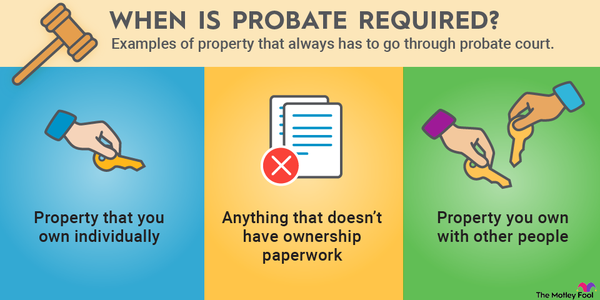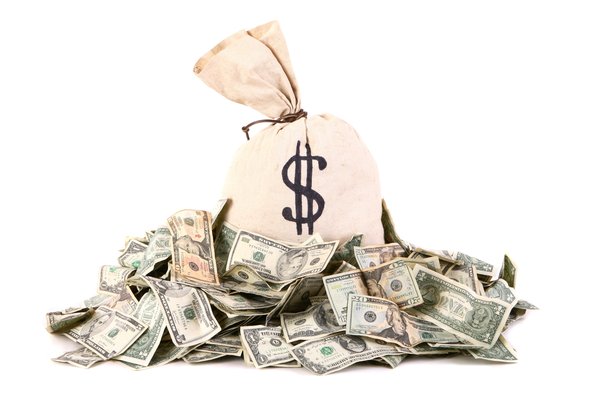Par value is the face value of a bond or a share of a stock. Unlike the market price, the par value of a financial instrument is a stable price determined at the time of issuance. While both stocks and bonds can have par values, they’re much more important for bond investors.

What is par value?
What is par value?
Par value is also known as face value or nominal value. While both bonds and stocks have stated par values, they work differently for each financial instrument.
For bonds, par value states the value of the bond at maturity. It’s also used to determine the coupon payment, which is a percentage of the par value. Most bonds have a par value of $100 or $1,000, but businesses and governments can issue bonds at any denomination they choose.
For stocks, par value is stated on the corporate charter. The par value for stocks is the lowest price at which the company will sell its shares, and it’s typically set very low. For example, the par value of Meta (META -1.23%) shares is $0.000006. Par value typically has very little impact on how the market values shares of a company’s stock.
How par value affects bond pricing
How par value affects bond pricing
Bonds frequently trade above or below their par values.
When an investor buys a bond, they’re looking to achieve a certain yield on their investment. That yield is determined by how much the bond pays in coupons and how much the bond is worth at maturity. And both of those are determined by a bond’s par value.
A bond will trade above par value if its coupon rate is above the prevailing market rates. For example, if a bond pays a 4% coupon, and market rates fall to 3%, the value of the bond increases above its par value.
Likewise, if market rates climb to 5%, bond investors won’t be willing to pay as much for a bond paying a coupon rate of just 4%. As a result, the price will drop below the bond’s par value.
Par value of stocks
Par value of stocks
A stock's par value states the minimum amount the company will sell its shares for. Not all states require companies to provide a par value for their common stock.
You can find the par value of a company’s stock by examining the shareholder’s equity section of the business’s balance sheet. There you’ll also find additional paid-in capital. Paid-in capital increases when the company issues shares to investors who pay more than par value, like in an initial public offering (IPO). It can decrease if the company buys back shares at a price above par value.
The par value has practically no effect on the market value of a stock. The market determines how much a stock is worth based on a variety of factors, but par value isn’t one of them.
How investors use par value
How investors use par value
Par value is commonly used to determine the price an investor is willing to pay for a bond.
The key factor in determining the value of the bond is yield to maturity. Yield to maturity determines how much an investor will earn in coupon payments and capital gains by buying and holding a bond to its maturity date. Those are both determined by its par value and coupon rate. The market will price similar bonds so that they all produce the same yield to maturity.
For example, let’s imagine a company that’s issuing debt to raise capital. It issues a two-year bond with a 5% annual coupon rate. A year later, market rates have increased, and it issues a one-year bond with a 6% annual coupon rate.
Investors aren’t going to pay par value for that original two-year bond (maturing in one year) when they can get a substantially similar bond with a higher coupon rate. Instead, they will pay a price lower than par value, such that it effectively yields 6%.
They can determine that price with simple algebra. In this example, the two-year bond holder will receive par value plus 5% at maturity. The one-year bond holder will receive par value plus 6%. So they divide the older issue’s payment in one year by the new issue’s, 1.05 divided by 1.06. That equals about 99%, which is the percentage of par value investors should be willing to pay for the older issue.
The calculations can get more complicated when there’s more than one coupon payment left for a bond. Additionally, market rates are constantly changing, so nailing down an exact price for a bond offering relative to similar offerings isn’t always possible. But it’s a framework for determining the market value of a particular bond.



































































































